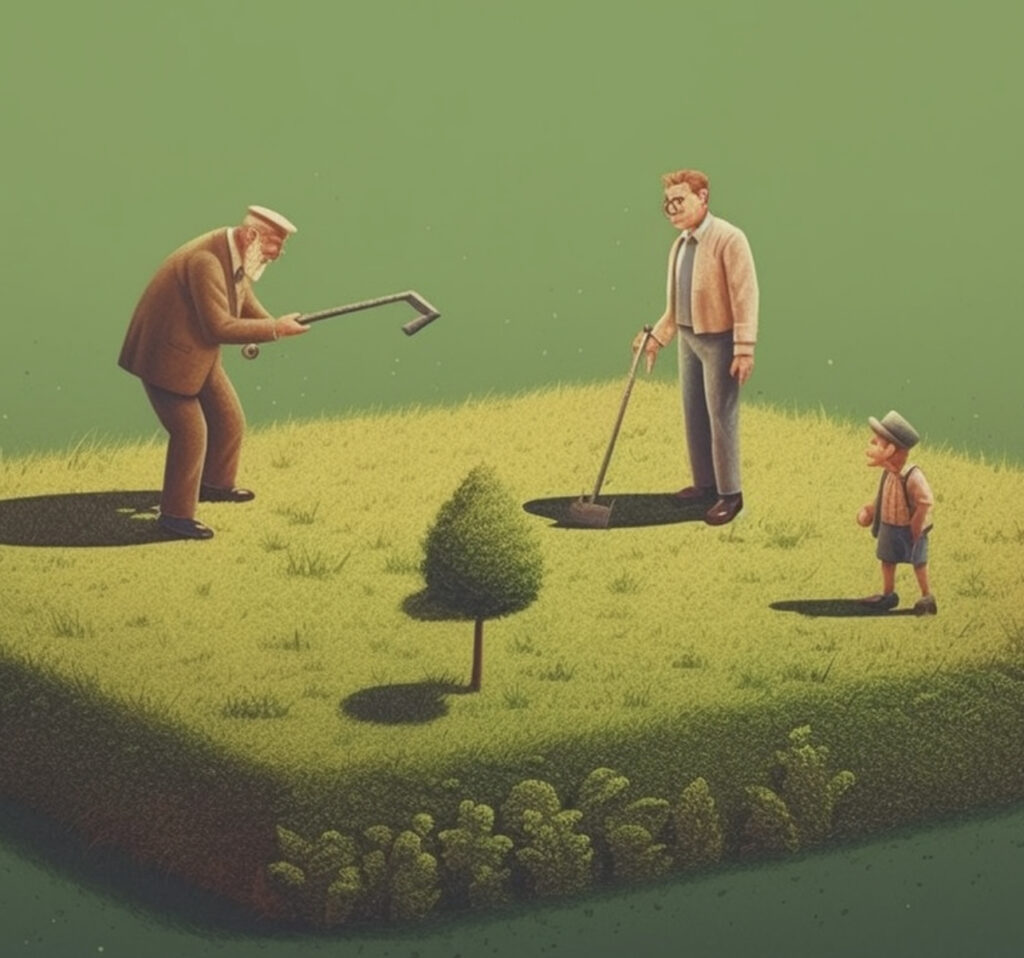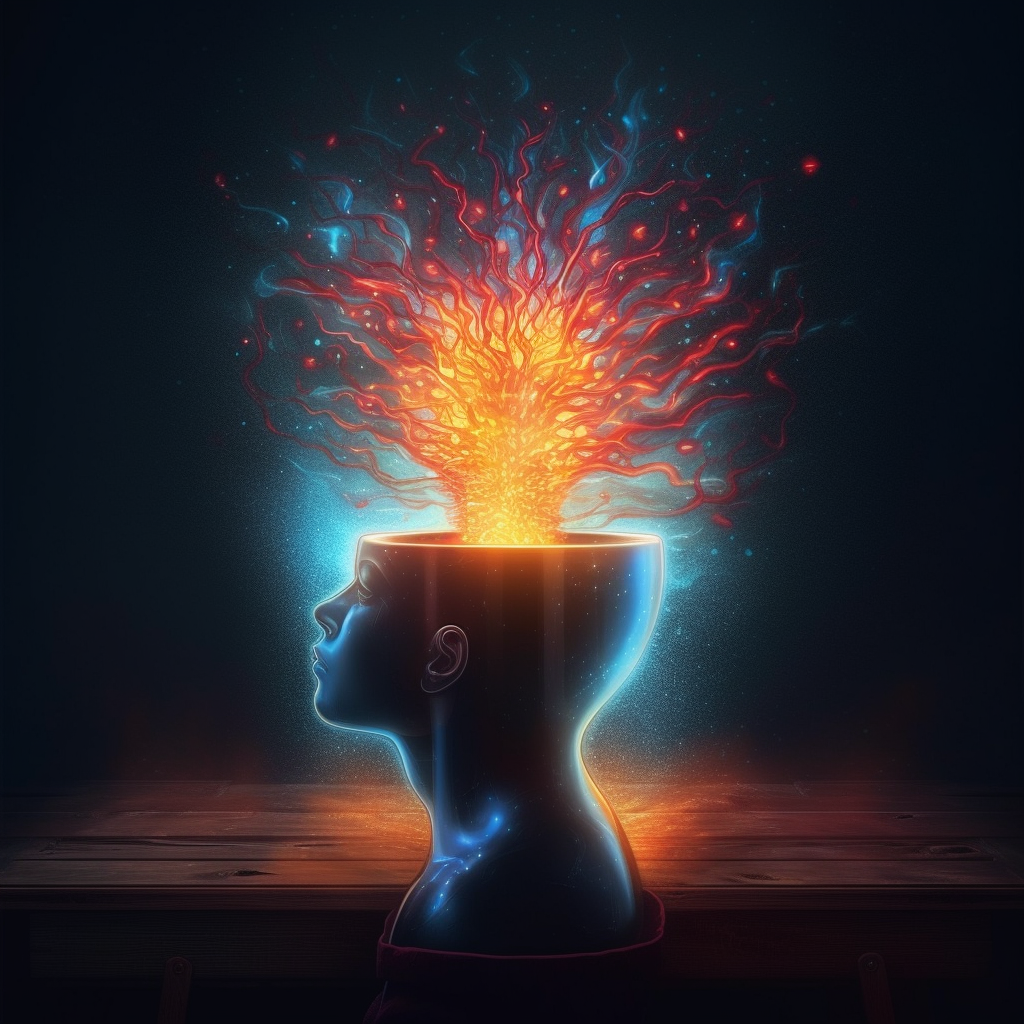We live in a world where material wealth, social status, and professional achievements are often considered as the ultimate measures of success. However, as one nears the end of life, these accomplishments may seem less significant. The true measure of a life well-lived becomes evident through the actions taken, the values upheld, and the contributions made to the lives of others and the community. This article explores the importance of these aspects in defining our legacy and finding fulfillment in life.
The Human Quest for Meaning
According to renowned psychiatrist Viktor Frankl, author of the seminal work “Man’s Search for Meaning,” humans have an innate drive to find purpose and meaning in their lives. Frankl, who was a Holocaust survivor, observed that those who could find a sense of purpose amidst the harshest of conditions were more likely to survive and find fulfillment. He argued that fulfillment comes not from possessions or knowledge, but through meaningful actions and relationships.

Beyond Possessions and Knowledge: A Focus on Actions
Bronnie Ware, an Australian nurse who spent several years caring for patients in the last 12 weeks of their lives, recorded the most common regrets of the dying in her book “The Top Five Regrets of the Dying.” One of the prevalent themes is the realization that happiness is a choice, and it’s not about material wealth. People wished they had had the courage to live a life true to themselves and had let themselves be happier. It’s not what we have or know, but what we do with what we have that truly counts.
Professor Clayton M. Christensen of Harvard Business School explored this concept in his book “How Will You Measure Your Life?”. Christensen emphasizes that focusing on what we can give rather than what we can get is critical in creating a meaningful life. He advocates for a life that reflects one’s core values and leads to the enriching of the lives of others.
The Lasting Value of Contributions
The impact that one’s actions and creations can have on the community and individuals is immeasurable. When you focus on creating value through service, you leave behind a legacy that will continue to benefit society long after you are gone.
In his essay “The Servant as Leader,” Robert K. Greenleaf discusses the servant leadership model. According to him, a true leader primarily serves, focusing on the growth and well-being of communities and the people within them. He believed that the essence of leadership is in serving others and making a positive difference in their lives.
Creating a Culture of Value Creation
By understanding the importance of action and value creation, individuals can work to cultivate communities that prioritize these aspects. Psychologist Mihaly Csikszentmihalyi in his book “Flow: The Psychology of Optimal Experience” explains that when individuals engage in activities that align with their values and contribute to something greater than themselves, they experience flow – a state of deep engagement and fulfillment.
Conclusion
As one reflects on their life in its final moments, the legacy left behind is not defined by material possessions, status, or knowledge, but by the actions taken and the values lived by. Through service, contribution, and creation, one can find fulfillment and ensure that their life’s work continues to enrich the lives of others and the community for generations to come. Reflecting on the works of Viktor Frankl, Bronnie Ware, Clayton M. Christensen, Robert K. Greenleaf, and Mihaly Csikszentmihalyi, it becomes evident that the true measure of a life well-lived is deeply intertwined with action, service, and the creation of lasting value.














